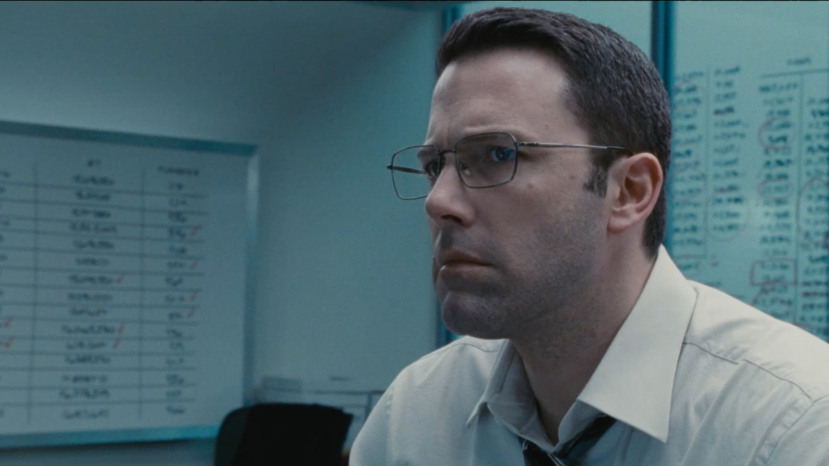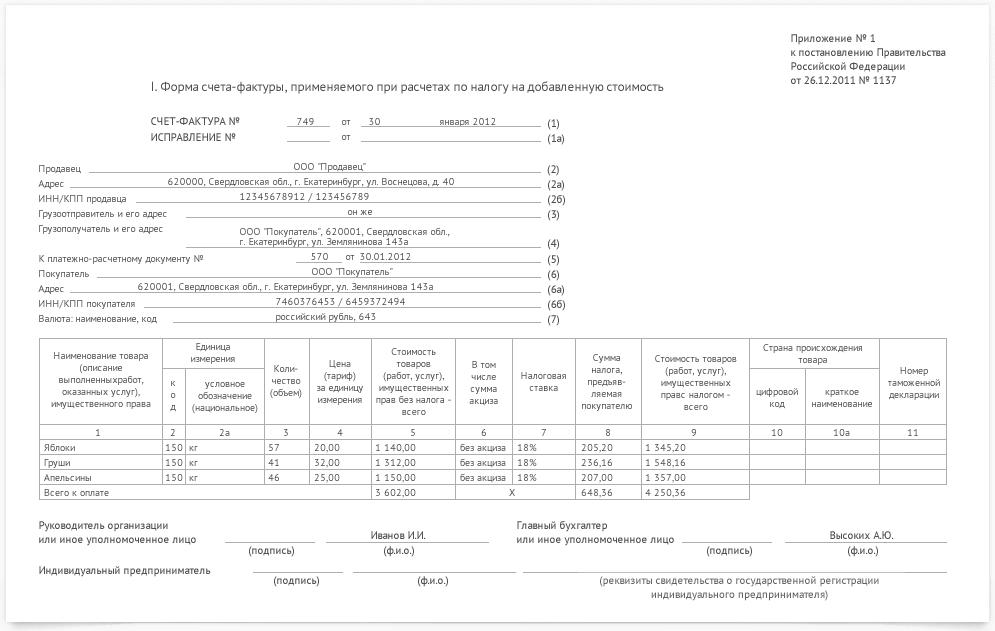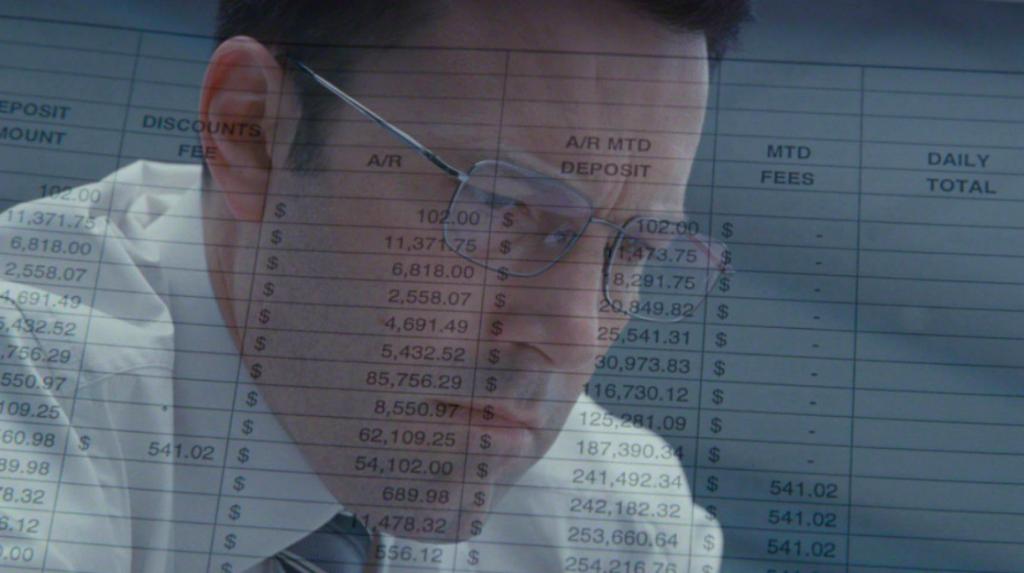The current legislation of the Russian Federation extremely strictly monitors the tax activity of organizations. In fact, every year it is becoming increasingly difficult to keep financial statements and monitor the correctness of all payments and shipments. The greatest difficulty in tax accounting remains for enterprises in the field of trade.
How is accounting in the organization
The accounting procedure depends on many factors, such as the status of the company, the adopted tax system, and the type of activity carried out.
All business operations conducted by the organization, must be documented, called primary. They are compiled according to the introduced uniform forms upon the fact of the transaction or at the time of its commission.

The invoice is
Carrying out any operation for which a VAT deduction is required obliges the organization to draw up a special document called an invoice. This is the most important primary document. It is necessary for conducting business operations between both parties to the transaction (that is, both the seller of the goods and its buyer).
Thus, the invoice is the only universal document confirming that the goods have been shipped, the work has been done, and the services provided.
As a rule, when goods are shipped, a bill of lading or a bill of lading is attached to this document (if delivery is made by a transport company).
What is it needed for
To confirm the right to a deduction on value added tax (VAT), you must provide an invoice. Thus, when performing a transaction to sell a product or service, the supplier calculates VAT by issuing this document and registers it in the sales book, and the consumer makes the corresponding entry in the purchase book. This gives him the right to apply the possibility of deduction for VAT.
Based on the operations performed by both parties to the transaction, at the end of the reporting period, records are kept for submitting data to the tax return. As a result, the organization calculates the total amount of tax payments to the budget.

In what cases is not needed
This document is required for organizations whose activities are subject to VAT. So, for example, companies working with Kazakhstan can issue only 1 copy of the invoice, since buyers do not need to submit VAT data.

In addition, since the invoice is a document that is not mandatory for all organizations operating in the territory of the Russian Federation, it may not be executed:
- If the goods are not subject to VAT (for example, duty-free goods, goods for the rehabilitation of persons with disabilities, certain medical supplies).
- If the company sells goods retail for cash.
- If the organization is in a specialized taxation regime (USCH, simplified or imputed tax, various patents).
- An advance payment has been received for the planned delivery.
- The organization transfers the goods free of charge.
An example of the possibility of non-issuing an invoice is that the bank writes off monthly funds for paid services rendered to the organization. However, he is not required to draw up this document, since this item of expenditure is not subject to VAT.
Filling order
The procedure for filling out a document is quite simple and unified, however, for beginners, specialists in primary documentation may encounter a number of problems that, if they are neglected, lead to fatal errors and visits of the tax inspector.
Sample invoice:

- At the beginning of the document it is necessary to indicate the date of filling and the account number (in order).If there is a violation of the number, no sanctions will follow, but special attention should be paid to dates - the document is issued either on the day the transaction is completed, or within 5 days following it.
- Be sure to pay special attention to the details of both parties in the transaction. If a mistake is made, it is necessary to correct in all copies. Do not forget that the invoice is a reporting document, so indicate the full name of the company, legal address, TIN and KPP.
- Complete information about the consignee and the shipper.
- Then, it is necessary to mention the serial number and the date of filling out the payment and settlement document (invoice for payment).
- At the end, the currency is indicated (according to OKV), by which payment was made.
This is the first part of the document. Next, fill in the basic information according to the transaction.

Key transaction details include:
- The object (subject) of the contract.
- Symbols of the product according to OKEY (for example, the number of pieces or liters) and product code.
- Quantity of goods and price for 1 unit.
- Prices with and without tax. As well as the amount of VAT on which the transaction is made.
- At the end (last columns of the table), information is added about the state (for foreign countries), whose goods are involved in the transaction, and, if necessary, the number of the customs declaration.
The signature confirming the validity of the specified data must be put by the head of the company and the chief accountant.
Invoice in 1C
If the company operates in 1C, then all documents must be carried out in the program. In this case, one of the two options for this document is filled in: either issuing or receiving an invoice.
Each of them is divided into several possible options.
The invoice, which was issued by the company to the buyer of the product or service, can be divided depending on the type of: advance payment, sale of goods / services, advance payment of the principal, corrective.
The invoice that the buyer company received from the supplier / seller is divided into the following types: receipt, advance payment, advance payment of the principal, as well as a possible adjustment account.

We recommend that bookkeeping not on a piece of paper or in a notebook, but use specialized systems. As a rule, these programs are automated and allow you to make much fewer mistakes in accounting and tax accounting.
Typically, such programs are a separate item of expenses for the company, and often it can be attributed to fixed costs, because in addition to buying expensive software, you will need regular expenses for maintenance by a specialist of the company supplying 1C. However, these programs are much cheaper and more reliable than the services of third-party accountants, and it is much easier to keep tax records in them.
